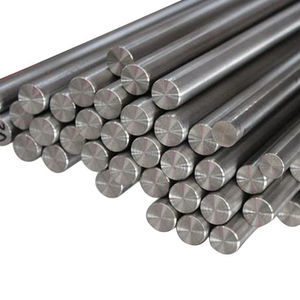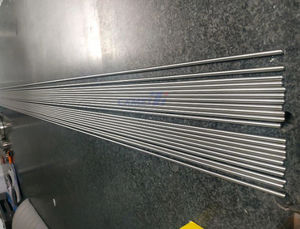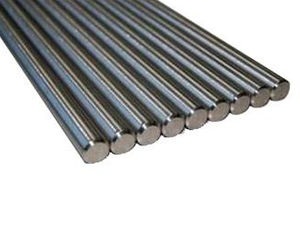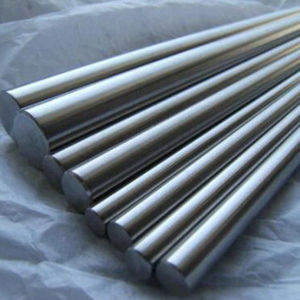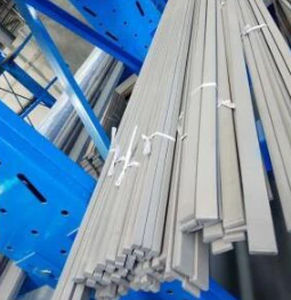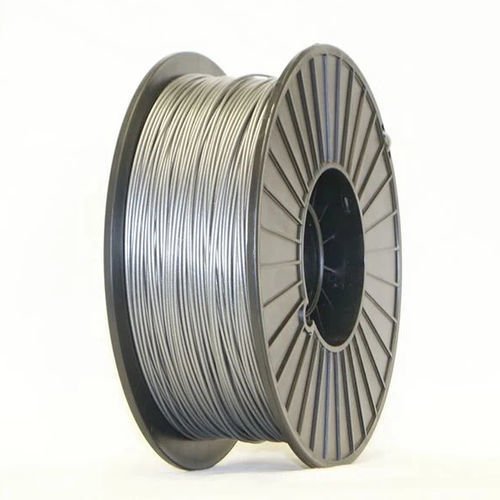
- Materials - Tools - Components
- Semi-finished products
- Medical titanium
- Shaanxi CXMET Technology Co., Ltd.
Titanium wire medical

Add to favorites
Compare this product
Characteristics
- Shape
- wire
- Other characteristics
- medical
Description
The use of 3D printing technology in the manufacturing industry has revolutionized the way products are made. With 3D printing, manufacturers can create complex and intricate designs that were once impossible to achieve with traditional manufacturing methods.
One of the most commonly used materials in 3D printing is titanium wire. In this article, we will discuss the advantages of using 3D titanium wire in the manufacturing process.
1: What is 3D Titanium Wire? 3D titanium wire is a type of metal wire that is used in 3D printing. It is made from titanium, which is a strong and durable metal that is resistant to rust and corrosion. 3D titanium wire is produced by melting titanium and then extruding it into a wire form. The wire is then used in a 3D printer to create objects with intricate designs and shapes.
2: Advantages of Using 3D Titanium Wire There are several advantages to using 3D titanium wire in the manufacturing process.
Firstly, titanium is a lightweight material, which makes it ideal for creating parts that need to be strong and durable, but also lightweight. This is especially important in the aerospace and automotive industries, where weight reduction is a key factor in improving performance.
Secondly, 3D titanium wire is incredibly strong and durable. It has a high strength-to-weight ratio, which means that it can withstand a lot of force without breaking. This makes it ideal for creating parts that need to withstand high stress and pressure, such as engine components and medical implants.
Thirdly, titanium is biocompatible, which means that it is not toxic to the human body.
Catalogs
No catalogs are available for this product.
See all of Shaanxi CXMET Technology Co., Ltd.‘s catalogsOther Shaanxi CXMET Technology Co., Ltd. products
Titanium Bar
*Prices are pre-tax. They exclude delivery charges and customs duties and do not include additional charges for installation or activation options. Prices are indicative only and may vary by country, with changes to the cost of raw materials and exchange rates.



